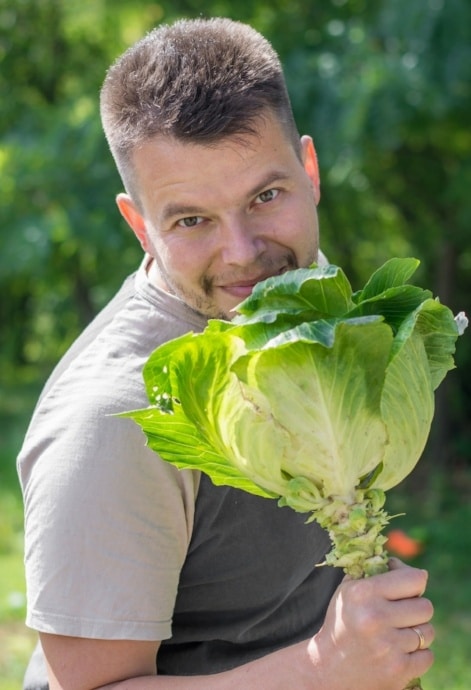
Firefighters: Higher Risk of Venous Insufficiency and Vascular Disease
One might think that the biggest cause of injury among American firefighters would be burns and collapsing structures. However, more than just skin and bones, it is the firefighter’s vascular system that is at risk.
There are a number of reasons why firefighters are especially susceptible to vascular injury, and why they in particular need to consult with a qualified vein specialist for diagnosis and treatment of all dysfunctions that affect the heart and blood vessels, including Chronic Venous Insufficiency (CVI) and varicose veins.
Firefighters are Pushed to the Limit
The schedule of a firefighter is highly unpredictable. Shift work, itself, is disruptive to sleep and eating schedules, and can lead to generalized fatigue and difficult digestion. Unless an individual is motivated, the sometimes long periods of relative inactivity between fire calls can lead to weight gain and decreased levels of fitness; the incidence of overweight and obesity among firefighters is high. And adrenaline-drenched episodes of fire fighting push firefighters to the limit, physically, psychologically and emotionally. Working in the blistering heat, in heavy protective gear, hauling heavy equipment over long distances causes firefighters’ bodies to overheat and dehydrate, their blood vessels to dilate and become less efficient, and their blood more likely to coagulate easily.
Chronic Venous Insufficiency is Common among Firefighters
All of these are factors in the development of cardiovascular disease, including sudden cardiac events. Even more common among firefighters, though, is the development of Chronic Venous Insufficiency. While CVI is not likely to be fatal, it will adversely affect quality of life, and one’s ability to perform firefighting duties. Among other CVI symptoms, sufferers will note that their legs feel heavy, achy, itchy, and tired. Left untreated,Chronic Venous Insufficiency can progress, leading to swelling in the legs, feet and ankles, leg ulcers that don’t heal easily, and Deep Vein Thrombosis (DVT).
The good news is that there is help. If you are experiencing any of the symptoms of CVI, consider consulting a qualified vein specialist as soon as possible.
Using thorough examination techniques and duplex ultrasonography, a qualified vein specialist will be able to assess and recommend a treatment plan tailored to your needs. And there are minimally invasive techniques available that can help optimize your vascular health, with minimal discomfort, and in very little time have you back up and saving the world again, one burning building at a time.
Leg Cramps There are many reasons for muscle cramps. A lot of people experience them because of a deficiency of certain key elements such as potassium and magnesium. Others, particularly those that live in warmer climates such as Arizona, experience cramps due to dehydration. A large number of patients I consult, flat out do not…
Read MorePregunta: yo tenía EVLT por otro doctor de la vena y resolvió la mayor parte de mi dolor. Cuatro semanas después de que tuve escleroterapia con espuma, mi dolor regresó. En realidad, ha empeorado. Un mes post, me pongo 30-40 mm medias diarias, pero aún así me duele mucho. Veo a mi médico en un…
Read MorePregunta: el calcetín de compresión de rodilla alta está pellizcando la parte superior de mi rodilla y dejando marcas doloridas (muescas). Mi trabajo requiere que me quede todo el día. Tengo venas de araña en mis tobillos y en el costado de mi pantorrilla exterior. ¿Debo seguir gastando la media aunque sea incómodo?
Read MoreQuestion: I had EVLT by another vein doctor and it resolved most of my pain. Four weeks after I had foam sclerotherapy, my pain returned. Actually, it has worsened. One month post, I wear 30-40 mm stockings daily, but still I hurt SO much. I see my doctor in a month, any thoughts about what…
Read MoreQuestion: The knee-high compression sock is pinching the top of my knee and leaving sore marks (indentations). My job requires me to stand all day. I have spider veins in my ankles and on the side of my outer calf. Should I continue to wear the stocking even though it’s uncomfortable?
Read MoreQuestion: I went to a doctor in Glendale and finished all my Sclerotherapy injections and have had 2 EVLT (endovenous laser therapy) procedures, a vein ligation and a microphlebectomy for spider veins, all of which I wore 20-30 mmHg compression thigh-high hose for 2-3 weeks. After I had laser treatments on my legs, I was…
Read MoreQuestion: I live in Tucson, Arizona and had VenaSeal done by a doctor here. Should I have pain and swelling after my VenaSeal procedure was carried out? It was purported to be painless compared to radiofrequency ablation (RFA).
Read MoreQuestion: I don’t know who to turn to. I take Furosemide and it doesn’t seem to be helping as fast as it should be. Do I need to see a podiatrist or do I need to get a referral to go see a specialist? I’ve been off work for 2 and 1/2 months from total…
Read MoreQuestion: My wife has had multiple ultrasounds. One ultrasound tech found a bad perforator at 5mm, but they wanted to do open surgery. Another ultrasound tech from the Dr she wanted to use who does laser and RF could not find the perforator. What to do?
Read MoreCabbage not always an “Irish” food, but beneficial for varicose veins Whether you’re one of the 34.5 million Americans who claim Irish ancestry or not, celebrating Saint Patrick’s Day has some potential health benefits! When the Irish immigrated to the United States, they found beef brisket was inexpensive, and nutrient dense cabbage was affordable and…
Read More

